
Prof. Meenu Chhabra
Department of Bioscience and Bioengineering, IIT Jodhpur, Jodhpur
Head of the Department, Center for Emerging Technologies for Sustainable Development, IIT Jodhpur
Email: meenuchhabra@iitj.ac.in, meenuchhabra@gmail.com,
Phone: 02912801205
Work experience
-
July 2023 to date, Professor, Indian Institute of Technology Jodhpur
-
March 2019 to July 2023, Associate Professor, Indian Institute of Technology Jodhpur
-
August 2011 to March 2019- Assistant Professor, Indian Institute of Technology Jodhpur
Research interests
-
Wastewater treatment
-
Pigment production
-
Sensors for bacterial detection
-
Algae-based carbon capture
-
Biofuel production
-
Solid waste management
Education
-
Ph.D. in Biochemical Engineering and Biotechnology, 2010, from the Department of Biochemical Engineering and Biotechnology, Indian Institute of Technology, Delhi, India.
-
Master of Science in Microbiology, 2003-2005, from the Department of Microbiology, University of Delhi, South Campus, Delhi, India.
-
Bachelor of Science (Honours) in Microbiology, 2000-2003, from Gargi College, University of Delhi, South Campus, Delhi, India.
RECENT ARTICLES
Exploring hydrocarbons as co-substrates in Winogradsky columns towards the development of microbial consortia for accelerating the degradation of low density polyethylene in saline environments
Low density polyethylene (LDPE) is used extensively in packaging applications due to its flexibility and durability. However, due to its recalcitrant nature, its post-consumption disposal is a major environmental challenge. This study utilizes hydrocarbon co-substrates to investigate the integrated enrichment-based biodegradation of LDPE in a saline environment. To achieve this, Winogradsky columns constructed using dumpsite soils were enriched with hydrocarbons and LDPE under saline conditions. After 180 days, diesel-supplemented systems exhibited a significantly higher weight loss (12.15 ± 2.35 %) than unaided systems (0.24 ± 0.18 %). These systems showed greater surface alterations and a substantial reduction in the water contact angle (48.01 ± 3.46°), indicating increased hydrophilicity of LDPE sheets as compared to unaided systems (67.81 ± 5.06°). Treated LDPE sheets exhibited a significant reduction in crystallinity from 30.98 ± 0.46 % (untreated LDPE) to 26.93 ± 3.39 %. The degradation metabolites of LDPE included oxidation products such as alcohols, ketones, acids, and esters. Enzymatic assays suggest that LDPE degradation was initiated by oxidation via alkane monooxygenase and laccases, with manganese peroxidase aiding polymer weakening and hydrolases acting on downstream oxidation products. These findings underscore the role of hydrocarbons as co-substrates in enhancing the microbial degradation of LDPE under saline conditions.


Ensuring safe drinking water is fundamental to public health, which necessitates effective detection of bacterial contamination in water. To ease the bacterial monitoring in low-resource settings, this study has developed a breakthrough colorimetric paper strip dip (PSD) test for the qualitative and quantitative monitoring of bacterial contamination. The test relies on Fenton chemistry, where dye-coated paper strips are immersed in a solution of water sample and hydrogen peroxide (H2O2). The bacterial catalase in contaminated water competes with the Fenton catalyst for F, resulting in a visible color change in both the strip and the sample solution. The intensity of the decolorization on the strip/solution determines the bacterial contamination in the water sample. This test has reached detection limits of 20, 40, and 35 CFU/mL for Escherichia coli, Citrobacter youngae, and Pseudomonas aeruginosa, respectively, in spiked water samples within 5 min. The PSD test offers a high sensitivity of 0.477, 0.379, and 0.601 ΔE⁎/dec for E. coli, C. youngae, and P. aeruginosa, respectively. The reliability of the test is demonstrated by its low susceptibility to interference from potential contaminants present in natural drinking water sources during bacterial detection. Furthermore, the test is integrated with a mobile app that interrelates color on the strip with bacterial contamination in water samples and recommends the extent of disinfection required based on the result. Thus, the PSD test offers an ideal solution for on-site bacterial detection, characterized by its rapidity, precision, specificity, cost-effectiveness (∼0.060 USD per test), and ease of operation.

